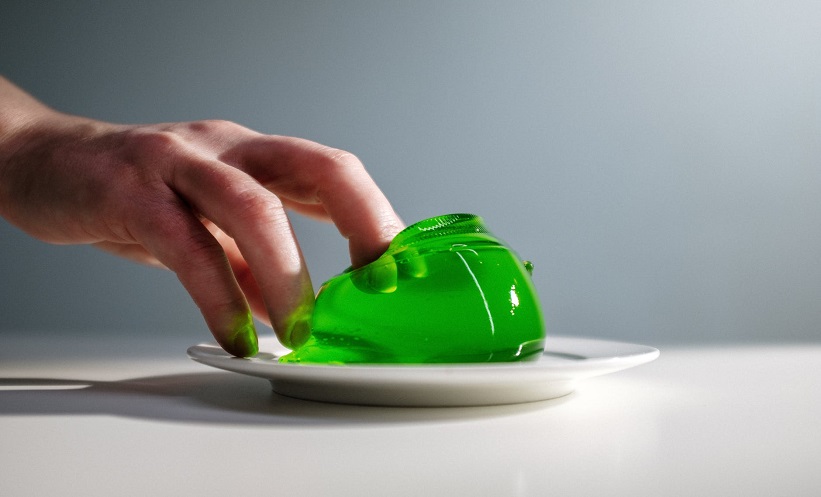SENSITIVE to temperature, strain, and humidity, researchers at the University of Cambridge, UK, have developed a low-cost jelly-like material, with promising potential for application in artificial hands and other soft robotics. This material is biodegradable, partially self-healing at room temperature, and produced with a 3D printer, which brings encouraging information to supplement evidence that soft sensing technology will transform robotics, tactile interfaces, and wearable devices.
Where earlier models are not durable and consume high amounts of energy, this research has developed materials that heal at room temperature, giving them greater usefulness in real-world situations. Thomas George-Thuruthel, Department of Engineering, University of Cambridge, UK, described how the research is “looking into faster and cheaper ways to make self-healing robots,” which would be applicable to developing robotic hands and arms that can take the necessary steps to heal themselves and resume work without human intervention.
The researchers discovered that printing materials using salt ahead of carbon ink resulted in favourable properties. As salt is soluble in water-filled hydrogel, it helpfully provides a uniform channel for the movement of ions. These hydrogels bond well with a range of materials, meaning they can be harnessed in combination with other robotics, which is especially useful when “considering how cheap and easy it is to make.” The study involved “different tests on how to incorporate sensors into the material by adding in lots of conductive components,” according to David Hardman, also of the University of Cambridge’s Department of Engineering and first author of the paper.
A highly linear response with change in strain was discovered while measure the electrical resistance of the printed material, which was used to calculate deformations of the material. Although the evidence is encouraging, it should be observed that this research is a proof-of-concept and requires further development for translation into use for artificial skins and custom-made wearable sensors. The lab where the research originates is focused on the development of artificial hands.








